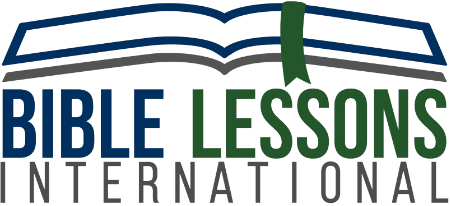
I. OT – BDB 16, KB 26
The noun ,”sign” (BDB 16, KB 26), is used
1. as a marker of time, Gen. 1:14
2. as a marker of person, Gen. 4:15
3. as a marker of covenant, Gen. 9:12,13,17; 17:11
4. as a marker of a faith promise, Exod. 3:12
5. as a miracle to affirm God’s representative (i.e., Moses), Exod. 4:8 (twice),9,17,28,30; 7:3; 8:23, etc.
6. tribal standard, Num. 2:2; Ps. 74:4
7. as a warning, Num. 16:38; 17:10
It is used often in Isaiah.
1. special birth, Isa. 7:14
2. Isaiah’s children, Isa. 8:18
3. altar and pillar in Egypt, Isa. 19:29
4. Isaiah’s dress, Isa. 20:3
5. harvest, Isa. 37:30
6. sparing Jerusalem from Assyria, Isa. 38:7
7. Hezekiah’s healing, Isa. 38:22
8. false signs, Isa. 44:25
9. agricultural blessings, Isa. 55:13
10. missionaries to the nations, Isa. 66:19
II. OT – BDB 68, KB 559
The term “wonder,” “sign,” “portent” (BDB 68, KB 559) is synonymous (cf. Deut. 4:34; 7:19; 29:2) with “sign,” “mark” (BDB 16, KB 26). It is used often in Exodus and Deuteronomy, but only twice in Isaiah (i.e., Isa. 8:18 and 20:3).
BDB has two main usages.
1. a special demonstration of God’s power (i.e., the plagues of the Exodus)
2. a token of future events or symbolic acts denoting future events (cf. Isa. 20:3; Ezek. 12:6-11; 24:24; Zech. 3:8)
These terms show God’s knowledge of the future and His ability to set its course. He reveals things to His people so they will trust and follow Him!
Copyright © 2014 Bible Lessons International
